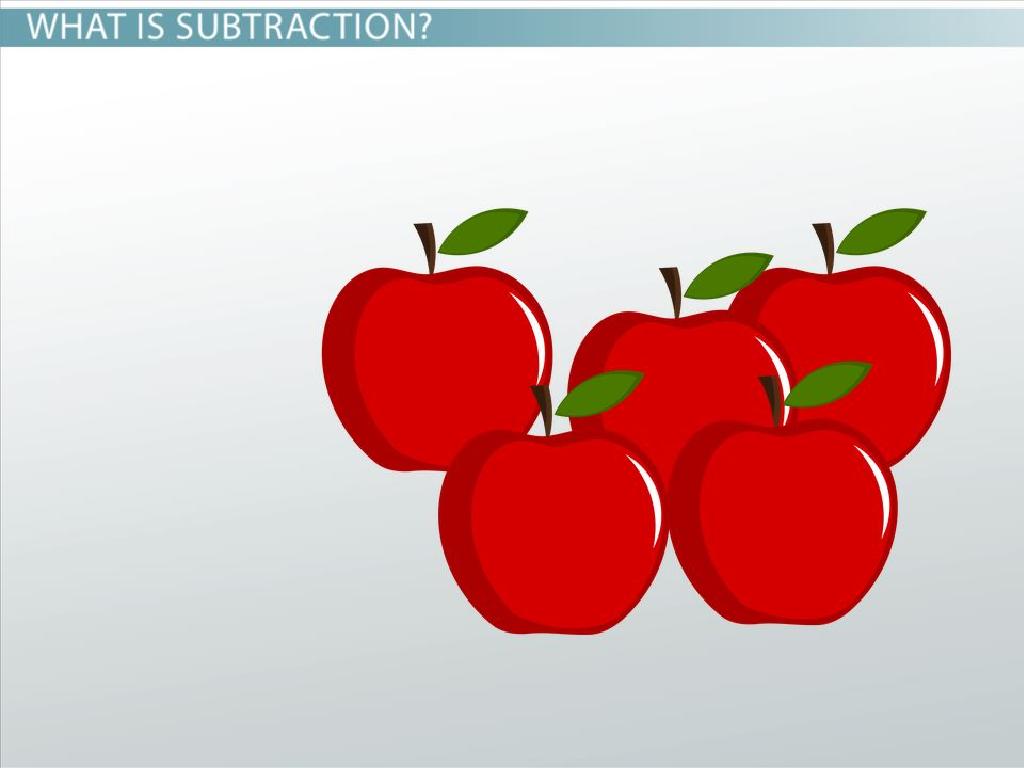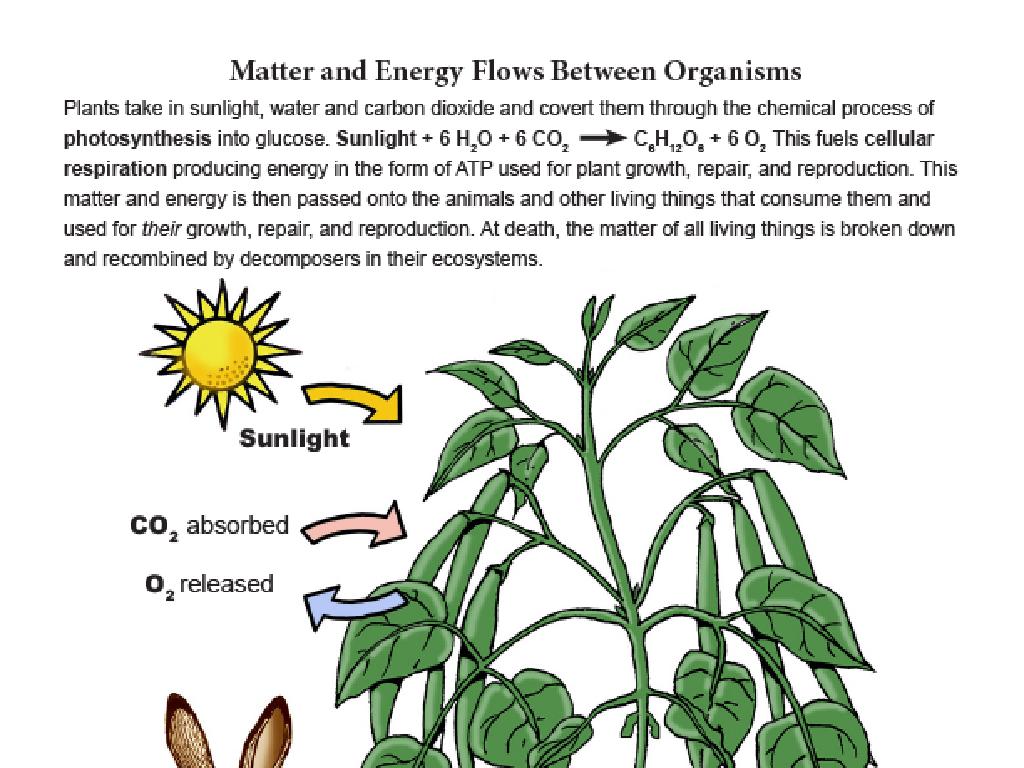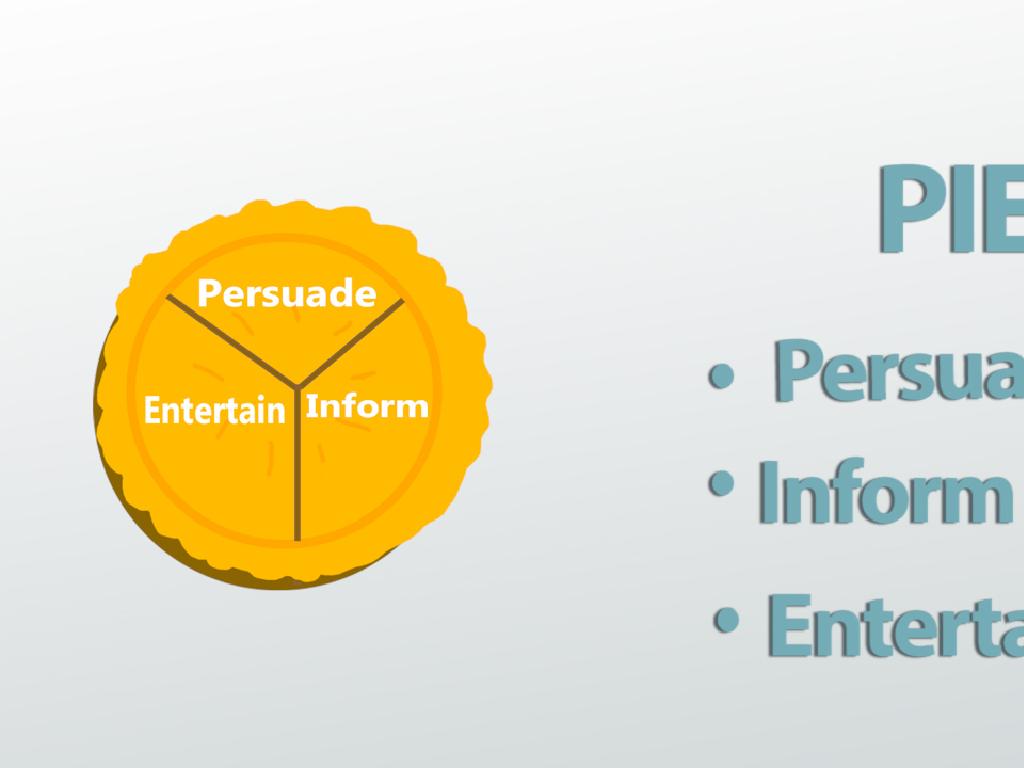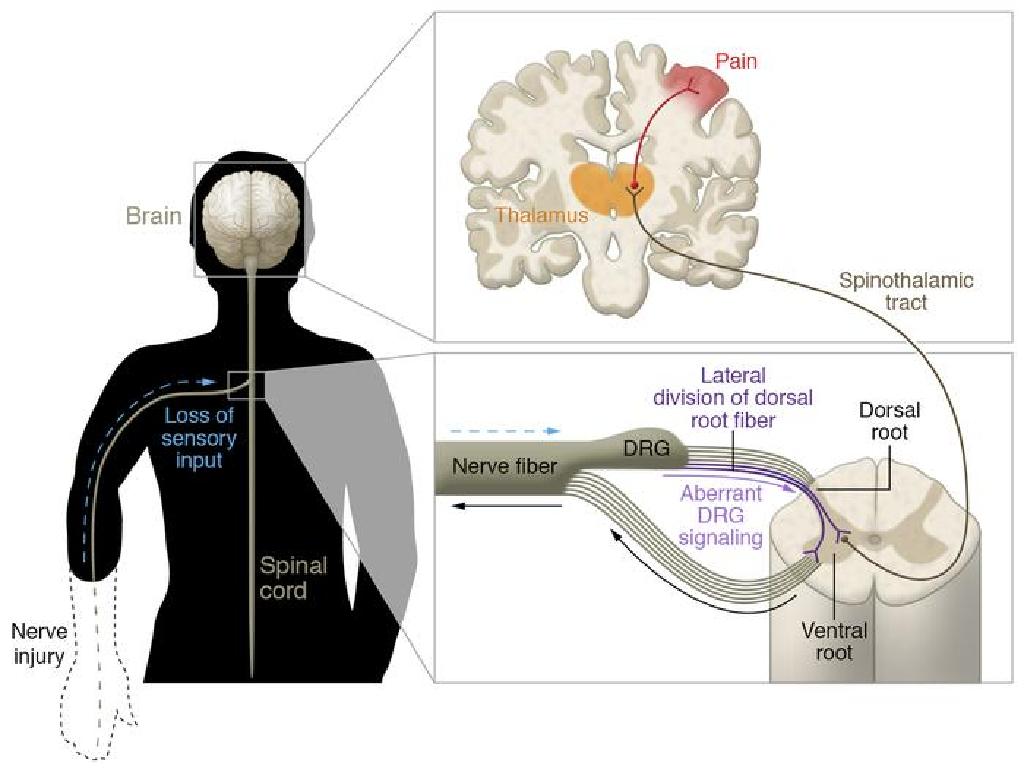Compare Physical And Chemical Changes
Subject: Science
Grade: Seventh grade
Topic: Chemical Reactions
Please LOG IN to download the presentation. Access is available to registered users only.
View More Content
Introduction to Chemical Reactions
– Explore matter and its transformations
– Define chemical reactions
– A process where substances convert into new substances with different properties
– Preview physical vs. chemical changes
– Physical changes alter appearance, not composition; chemical changes form new substances
– Significance in everyday life
|
This slide introduces the concept of chemical reactions within the broader topic of matter and its changes. Begin by discussing matter and the various ways it can transform, setting the stage for understanding chemical reactions as a specific type of change. Define chemical reactions as processes that result in the formation of new substances with different properties from the original substances. Highlight the difference between physical changes, which only alter the appearance or state of matter, and chemical changes, which result in the creation of new substances. Emphasize the relevance of these concepts to everyday life, such as cooking, rusting, and combustion. Encourage students to think of examples they’ve observed in their own experiences.
Understanding Physical Changes
– Define Physical Change
– A change in form or appearance without forming new substances
– Characteristics of Physical Changes
– Reversible, no new substances, same chemical composition
– Examples: Ice Melting, Paper Tearing
– Solid water (ice) becomes liquid, paper size changes but it’s still paper
|
This slide introduces the concept of physical changes, which are changes that occur without altering the chemical composition of a substance. Emphasize that physical changes are usually reversible and that the material involved remains the same chemically before and after the change. Use common examples like melting ice, which changes from solid to liquid, and tearing paper, which alters its size and shape but not its chemical structure. Encourage students to think of other examples of physical changes they observe in their daily lives and understand that these changes do not produce new substances.
Understanding Chemical Changes
– Define chemical change
A chemical change occurs when substances combine to form new ones, like hydrogen and oxygen forming water.
– Characteristics of chemical changes
Indicators include color change, gas production, and temperature change.
– Example: Rusting of iron
Iron reacts with oxygen and water, resulting in reddish-brown rust.
– Example: Baking a cake
Mixing ingredients causes a chemical reaction, transforming batter into a fluffy cake.
|
This slide aims to explain the concept of a chemical change, which is a fundamental topic in chemistry. A chemical change involves the transformation of one or more substances into new, different substances. Characteristics that indicate a chemical change include a change in color, the production of a gas, or a change in temperature. Real-world examples like the rusting of iron and the baking of a cake can help students visualize and understand the concept. Rusting demonstrates a slow chemical change, while baking a cake shows a fast one. Encourage students to think of other examples and to observe changes in their environment that might indicate a chemical reaction.
Comparing Physical and Chemical Changes
– Similarities and differences
– Both involve changes in properties, but chemical changes result in new substances
– Irreversibility of chemical changes
– Chemical changes often can’t be undone, like burning wood
– Energy changes in reactions
– Chemical reactions may release or absorb energy, evident as light, heat, or sound
– Examples of each change
– Physical: melting ice; Chemical: rusting iron
|
This slide aims to help students understand the key concepts of physical and chemical changes. Start by discussing the similarities and differences, emphasizing that physical changes are usually reversible and don’t result in new substances, whereas chemical changes create new substances and are often irreversible. Highlight the concept of energy changes during chemical reactions, explaining exothermic and endothermic processes with everyday examples. Encourage students to think of more examples they encounter in daily life to solidify their understanding.
Indicators of Chemical Changes
– Observable color change
– A substance may change color indicating a chemical reaction, e.g., rusting iron.
– Temperature change during reaction
– Exothermic reactions release heat, while endothermic absorb heat.
– Formation of a precipitate
– Solid formed from liquid reactants signifies a chemical change, e.g., mixing silver nitrate with sodium chloride.
– Production of gas
– Bubbles or fumes can indicate gas release, such as vinegar and baking soda.
|
This slide aims to help students identify chemical changes through observable phenomena. A color change often signifies a new substance has been formed, such as iron turning to rust. Temperature changes are caused by the absorption or release of energy, and students should understand the difference between exothermic and endothermic reactions. The formation of a precipitate, a solid that emerges from a liquid solution, is a clear sign of a chemical change. Lastly, the production of gas, evident through bubbling or fumes, also indicates a chemical reaction. Examples include the reaction between vinegar and baking soda, which produces carbon dioxide gas. Encourage students to think of everyday examples of these indicators and discuss why these changes suggest a chemical reaction has occurred.
Class Activity: Observing Chemical Reactions
– Mix vinegar and baking soda
– Observe color and temperature changes
– Does the mixture change color? Does it feel warmer or colder?
– Note any gas production
– Look for bubbles or fizzing indicating gas release
– Discuss the type of change observed
– Is this a physical or chemical change? Why?
|
This class activity is designed to help students identify and differentiate between physical and chemical changes through a hands-on experiment. Provide each student or group with vinegar and baking soda and instruct them to carefully mix the two and observe the reaction. Students should pay close attention to any color change, temperature variation, and the production of gas (bubbles/fizzing). After the observation, lead a discussion to guide them to conclude that the reaction is a chemical change due to the formation of new substances. This activity will reinforce their understanding of chemical reactions and the evidence that indicates such a change. Possible variations of the activity could include changing the proportions of vinegar and baking soda, using different substances to compare reactions, or measuring the temperature change more precisely with a thermometer.
Conclusion: Physical vs. Chemical Changes
– Recap: Physical vs. Chemical Changes
– Physical changes alter appearance, not composition. Chemical changes create new substances.
– Significance of Chemical Reactions
– Grasping these changes is crucial for understanding matter and its transformations.
– Preview: Types of Chemical Reactions
– We’ll explore synthesis, decomposition, single and double replacement reactions.
– Engage with upcoming concepts
|
As we wrap up today’s lesson, we revisit the key differences between physical and chemical changes, emphasizing that physical changes are usually reversible and don’t result in new substances, whereas chemical changes result in new substances with different properties. Understanding these changes is essential for students as they form the basis of chemistry and the study of matter. Looking ahead, we’ll dive into the various types of chemical reactions, which will help students further understand how substances interact and transform. Encourage students to start thinking about examples of synthesis, decomposition, and replacement reactions they may encounter in everyday life to pique their interest for the next lesson.
Homework: Physical vs. Chemical Changes
– Find changes at home
– Write a report on observations
– Note details like color, state, temperature
– Describe physical changes
– Look for changes not altering the substance’s identity
– Describe chemical changes
– Observe changes that form new substances
|
This homework assignment is designed to help students apply their knowledge of physical and chemical changes in a real-world setting. They should look for examples of both types of changes at home, such as melting ice (physical) or cooking an egg (chemical). Students will write a short report detailing their observations, including any changes in color, state, or temperature. They should distinguish between physical changes, which do not alter the substance’s identity, and chemical changes, which result in the formation of new substances. Encourage students to be prepared to discuss their findings in the next class, fostering a collaborative learning environment where they can learn from each other’s observations.






